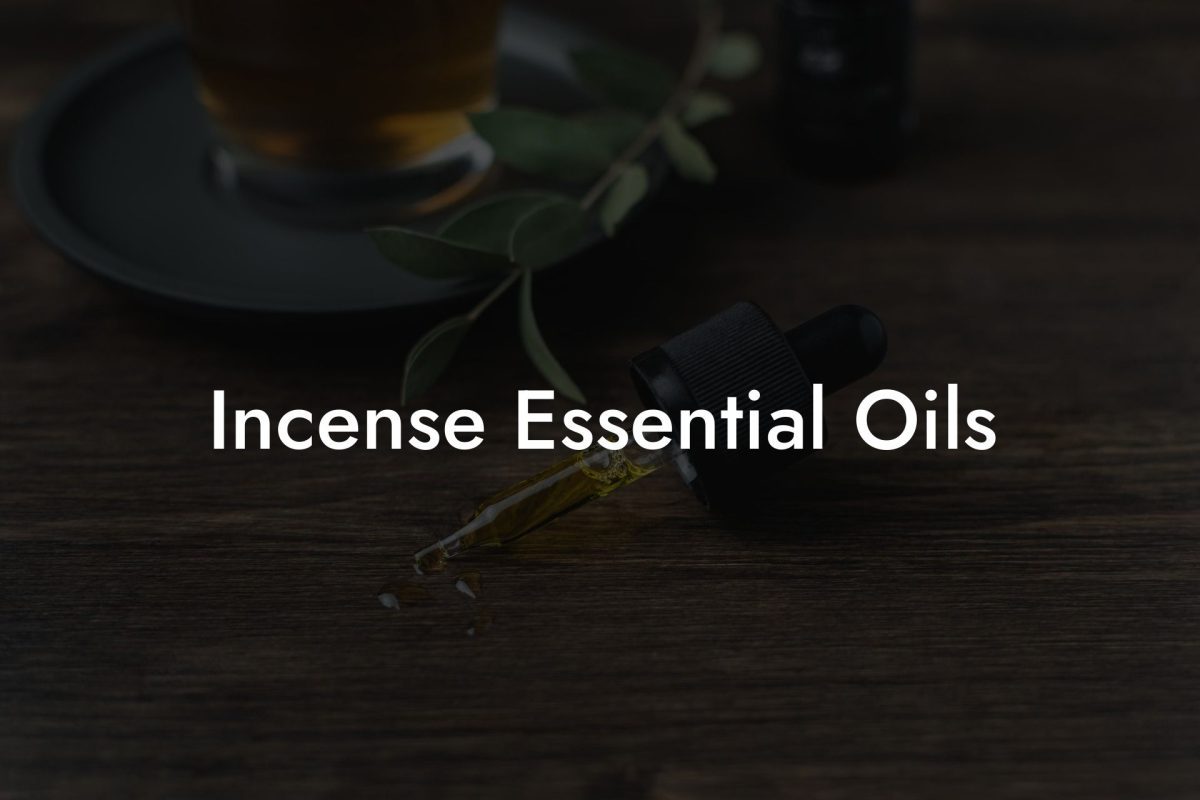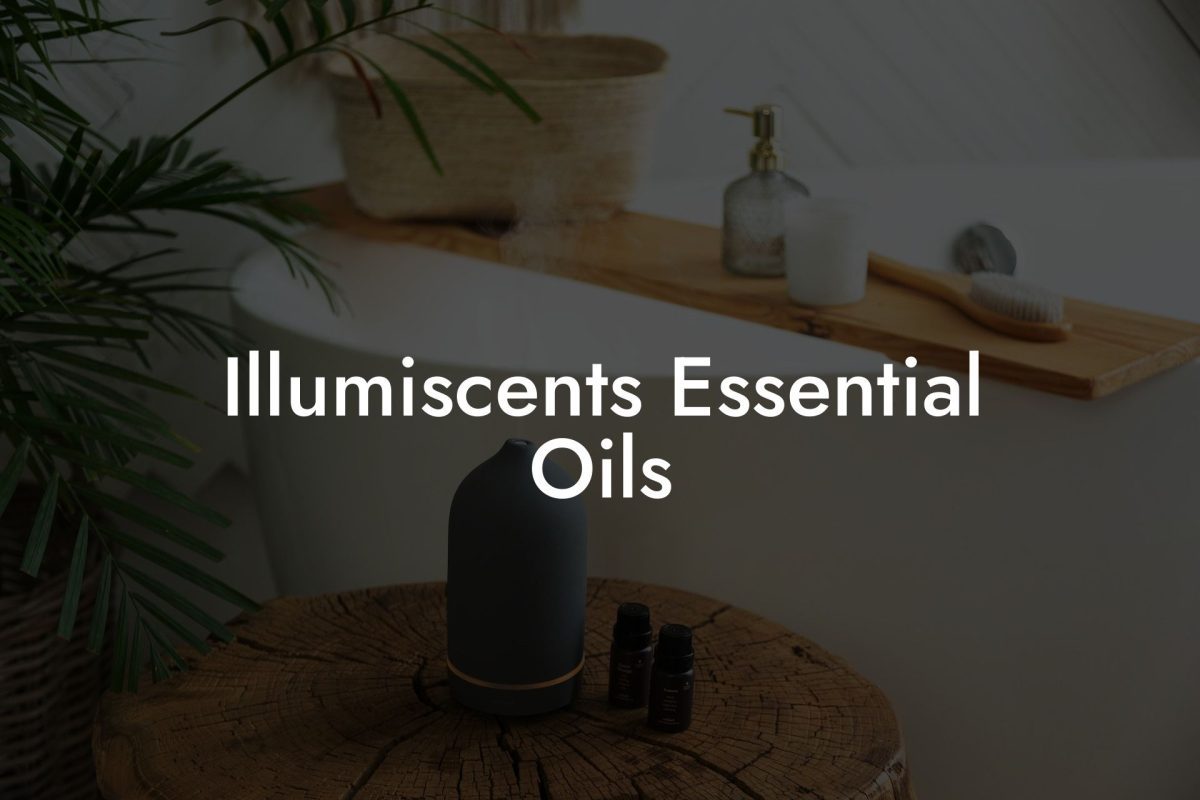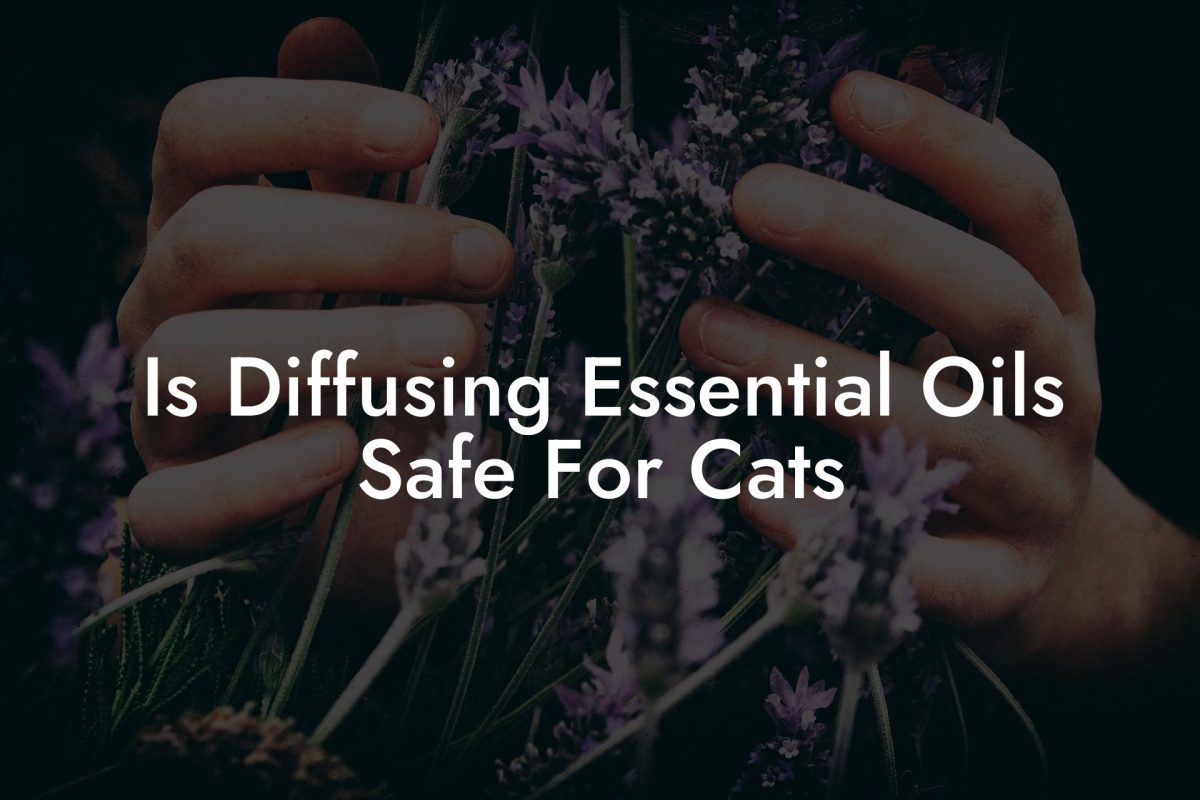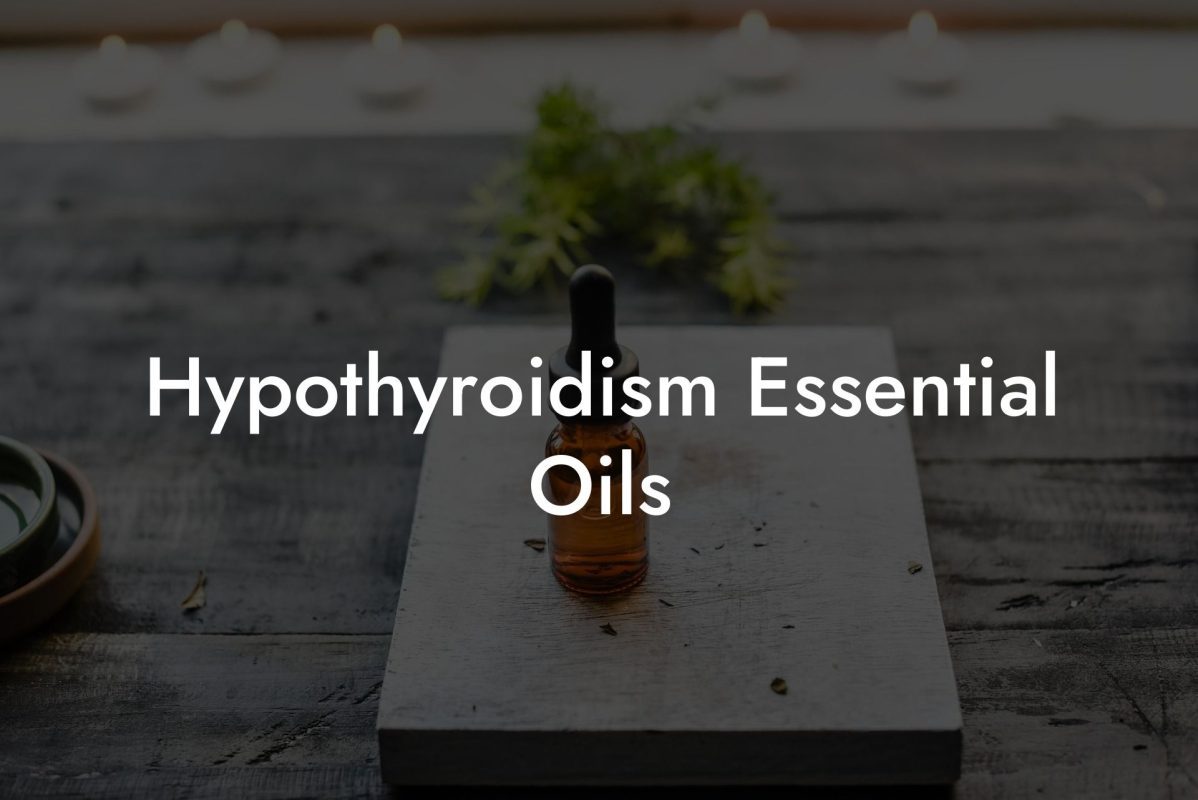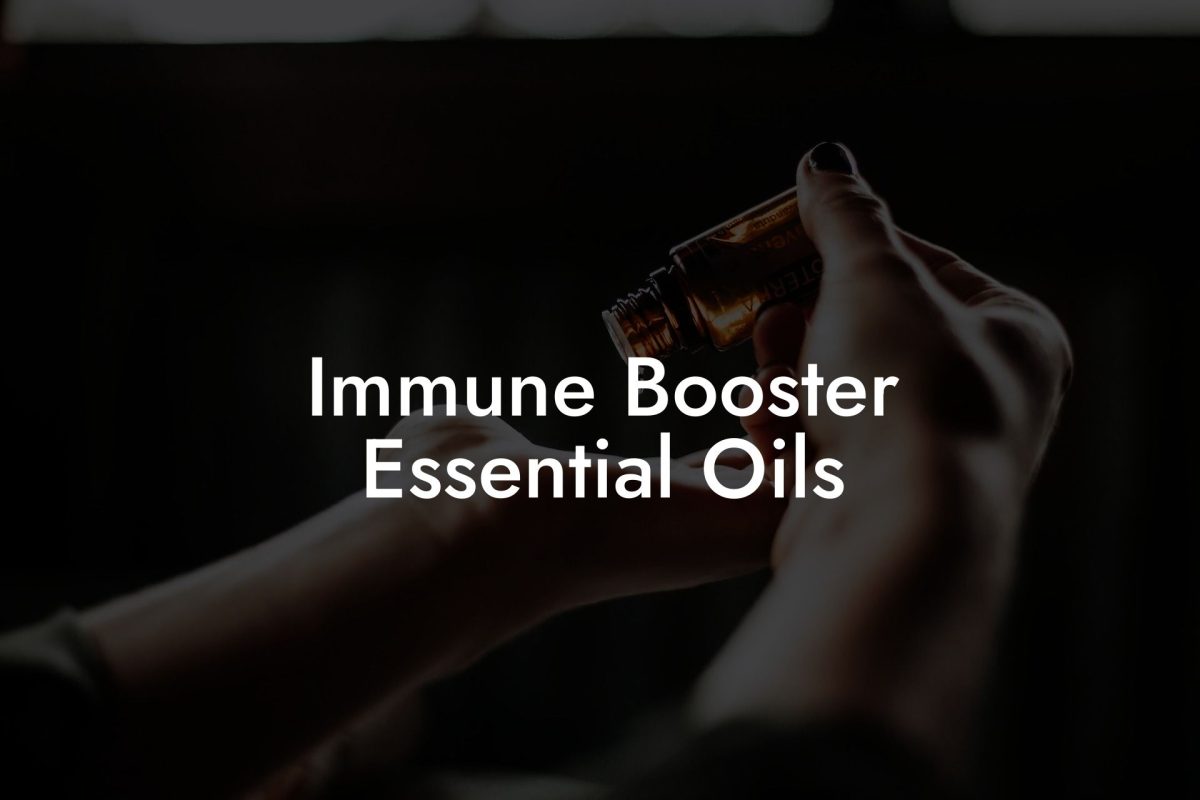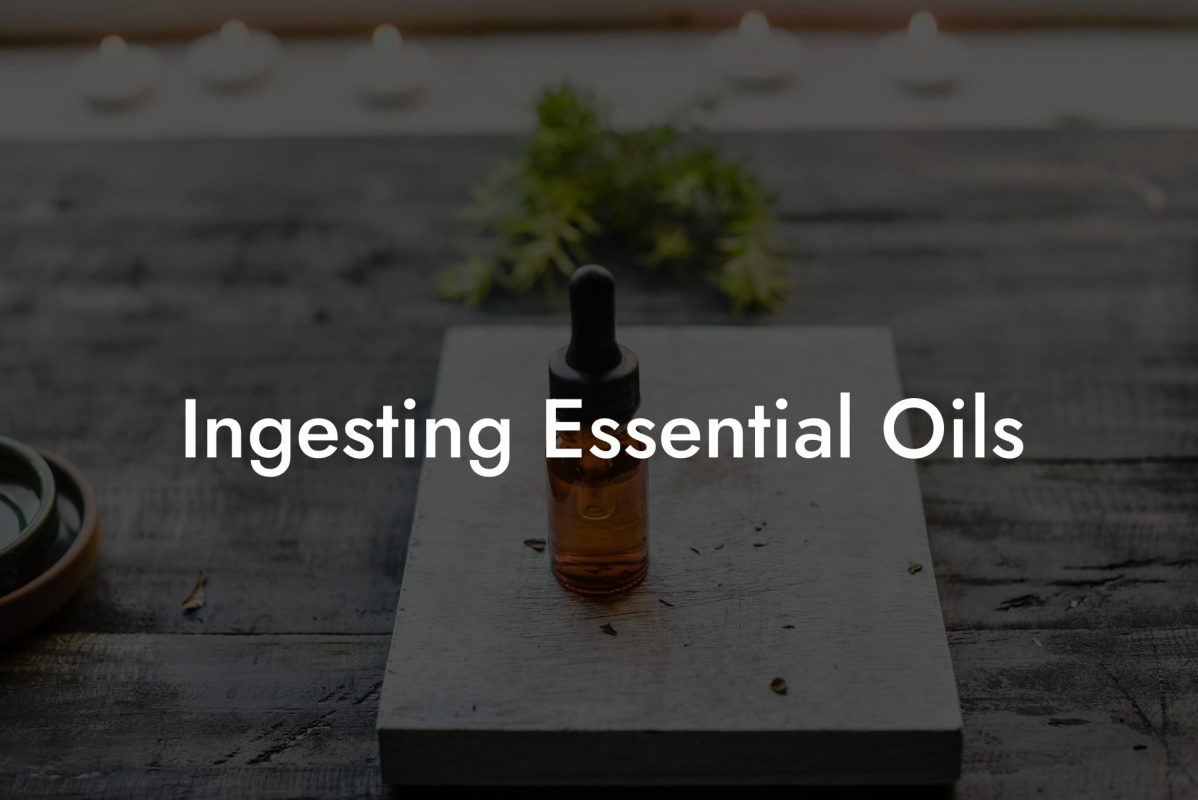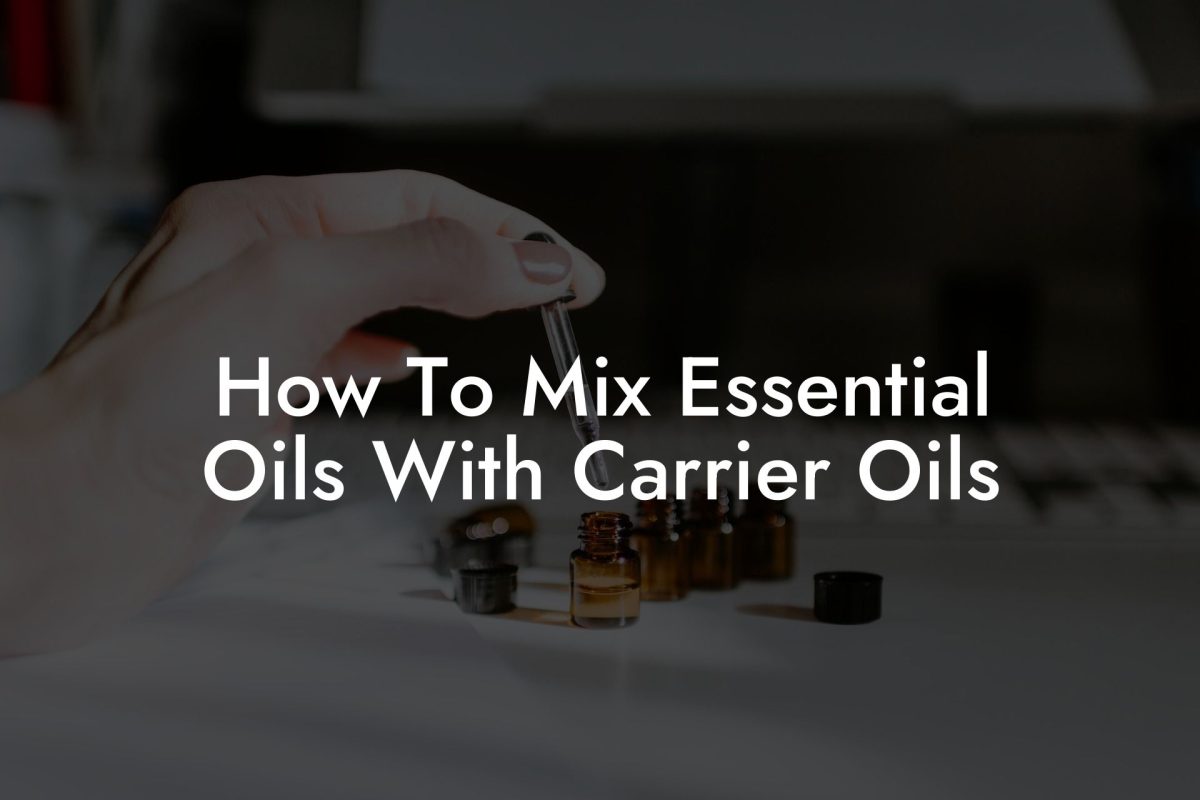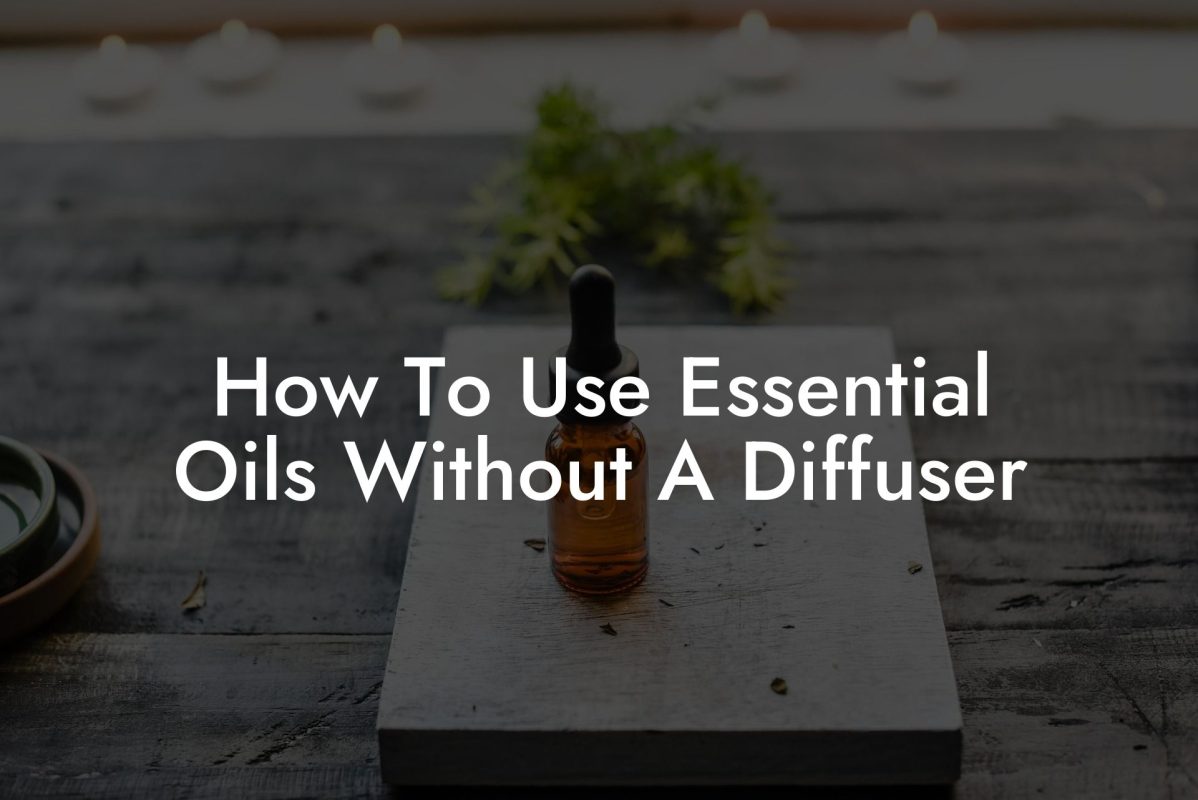Essential oils have grown in popularity due to their numerous benefits and uses in aromatherapy, skincare, and household products. But there’s an important question that often goes unanswered: Are essential oils flammable? In this article, we’ll dive deep into understanding the flammability of essential oils, safety precautions to take, and examples of flammable versus non-flammable essential oils.
Table of Contents
Understanding the Flammability of Essential Oils
Essential oils are obtained through distillation or cold pressing of plant materials such as flowers, leaves, roots, and barks. They are concentrated and volatile, containing numerous chemical compounds. The flashpoint temperature of a substance determines its flammability – it’s the lowest temperature at which the vapor of a volatile material can ignite in the presence of an ignition source, such as a flame or spark.
Flammable vs. Non-Flammable Essential Oils
Essential oils can be categorized into three broad groups based on their flashpoints:
1. Highly Flammable: These essential oils have flashpoints below 100°F (38°C). They can easily catch fire and should be handled with extreme care. Examples include citrus oils like lemon, orange, and bergamot.
2. Flammable: Essential oils with flashpoints between 100°F (38°C) and 141°F (60.5°C) fall into this category. They ignite at higher temperatures than highly flammable oils but should still be used cautiously. Examples include eucalyptus, peppermint, and lavender.
3. Non-Flammable: Oils with flashpoints above 141°F (60.5°C) are considered non-flammable. They don’t pose a significant risk of catching fire during normal use. Examples include sandalwood, patchouli, and cedarwood.
It’s important to note that non-flammable essential oils can still pose a risk if not handled or stored properly, as they may become flammable at higher temperatures or if mixed with other flammable substances.
Safety Precautions for Using Flammable Essential Oils
To ensure safe use of flammable essential oils, follow these best practices:
– Storage: Store essential oils in a cool, dark place away from direct sunlight or heat sources. Keep them in well-sealed, dark glass containers to prevent evaporation and degradation.
– Usage: Never use essential oils near open flames, sparks, or heat sources. When diffusing flammable oils, use a cold-air diffuser and ensure it’s placed away from any potential ignition risks.
– Dilution: Always dilute essential oils with a carrier oil before applying them topically or using them in DIY products. This not only reduces the risk of skin irritation but also lowers the flammability of the oil.
– Disposal: Dispose of used essential oils and containers according to local regulations. Never pour them down the drain or throw them in the trash without proper disposal, as they can pose a risk to the environment and sewage systems.
Essential Oils Flammable Example:
Suppose you want to create a relaxing, spa-like atmosphere in your home using a diffuser with lavender essential oil. As lavender oil is classified as flammable, it’s important to follow safety precautions during usage. First, ensure the diffuser is placed away from any open flames or heat sources, such as candles, fireplaces, or appliances. Be cautious not to spill the oil near these areas, and always store the lavender oil in a cool, dark place when not in use.
Understanding the flammability of essential oils is crucial to ensuring their safe and responsible use. By following the guidelines and precautions discussed in this article, you can continue to enjoy the benefits essential oils offer without putting your home or loved ones at risk. If you found this guide informative and helpful, feel free to share it with others who may benefit from this information. Don’t forget to explore the other guides on Oshu Oils for essential oil knowledge and browse our range of high-quality artisan essential earth oils, handcrafted for optimal wellbeing.




